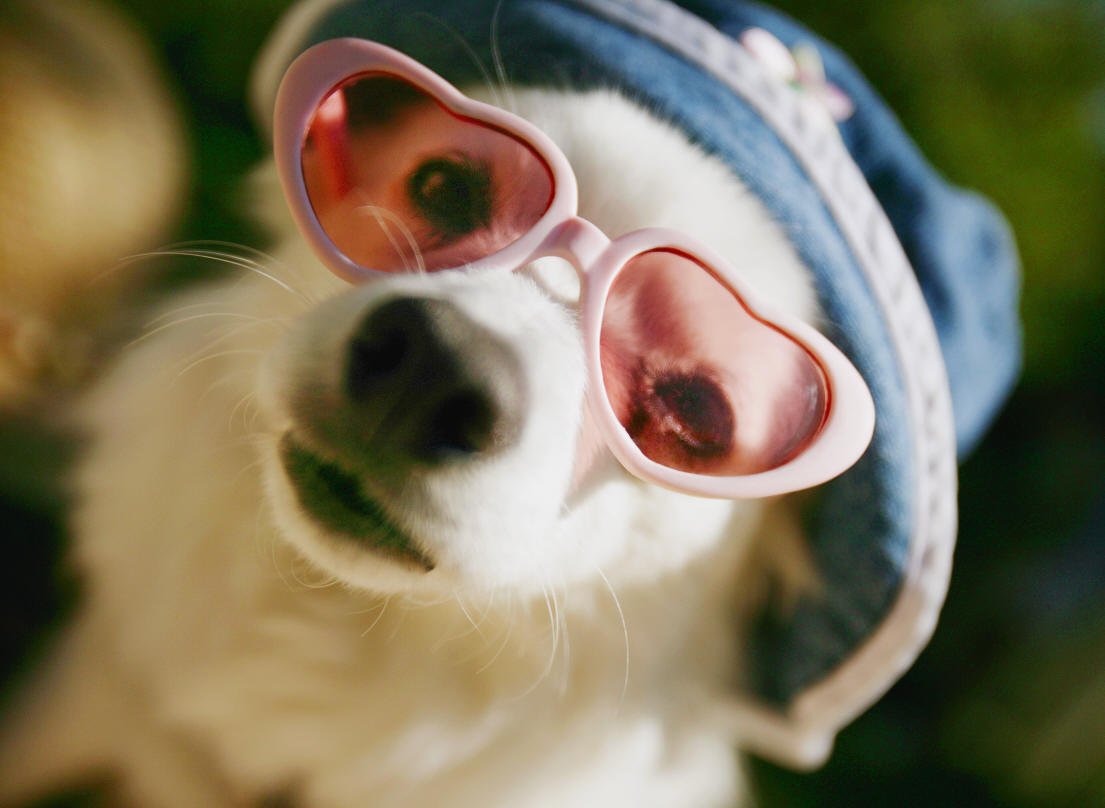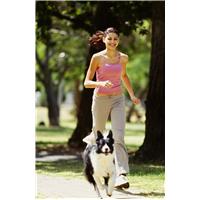
London: A study carried out amongst 6,800 UK pet owners, reveals that 95% of people preferred to confide in their pets over family or friends.
Results showed that 58% of pet-owners would talk to their pets about their general day and while the adage about never talking to friends and family about politics may be true, some even admitted to confiding their political views in their pets.
Confirmation of the special bond between pet and pet owners was that 75% of those surveyed in the UK wish they could better understand what their pets are trying to tell them.
The new study was carried out by the PURINA PetCare Team with the aim of finding out how much pet owners understand the behaviour of their dog or cat and what the meaning is behind their reactions. The PetCare team, Purinas dedicated team of advice specialists are on hand to help pet-owners glean a better understanding into any aspect of pet-care including their pets behaviour.
So integral is the relationship between pet and owner that both dogs and cats were found to emulate the owners routine with over 62% of pets preferring to follow mums routine over the rest of the family. The survey also found some cats enjoyed watching TV with their owners especially if Snooker or the Daleks were on. 29% of the UKs pets chose to wake-up at the same time as their owners and amusingly, some owners chose to follow their pets routine instead and will cook dinner when their dog is hungry or wake-up when the cats do at 3:30am.
Claire Robinson-Davies from PURINA comments; As much as owners choose to confide in their pets, its equally important for them to understand how their pets feel in return and developing this understanding could prove beneficial to both pet and owner. The Purina PetCare team is ready to help pet-owners looking for advice on any aspect of pet-care, including understanding behaviour on freephone 0800 212 161.
The survey of over 6800 pet owners also revealed:
An astonishing 26% of cats in the South East wait by the gate for their owners to return.
Whilst 56% of the UKs dog owners talk to their dog about general life, only 10% chose to trouble them with their problems.
When asked what routines pet-owners pursued together, some of the more unusual responses included, using the keyboard at the same time.
The PURINA Petcare Team is a service staffed by a dedicated group of PetCare professionals, vet nurses and customer service experts available Monday to Friday 8 am 6 pm for advice free on 0800 212 161(within UK).



